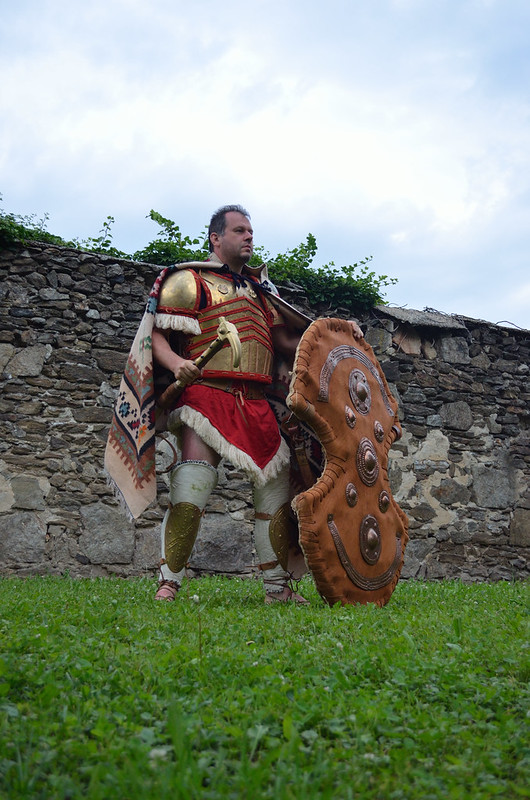 The Historical Studies Association "KORYVANTES" is honoured to announce it's reference in the lecture of Proffesor Bryan E. Burns , Associate Professor of Classical Studies in the Wellesley College, that took place in the University of New Hampshire (USA), April 29 2015. The lecture entitled "The Mycenaeans and Minoans Today: Revivals of Bronze Age Greece" described the impressions of Bronze Age Greek world in modern society and how contemporary world considers the multidimentional aspects of the exotic Mycenaean and Minoan society. In a small excerpt after the 10:00' of the attached video he mentiones the Experimental reconstruction of the Dendra cuirass conducted by our Association in year 2012 along with our broaded research and experimentation on 30 centuries of Greek Warfare.
The Historical Studies Association "KORYVANTES" is honoured to announce it's reference in the lecture of Proffesor Bryan E. Burns , Associate Professor of Classical Studies in the Wellesley College, that took place in the University of New Hampshire (USA), April 29 2015. The lecture entitled "The Mycenaeans and Minoans Today: Revivals of Bronze Age Greece" described the impressions of Bronze Age Greek world in modern society and how contemporary world considers the multidimentional aspects of the exotic Mycenaean and Minoan society. In a small excerpt after the 10:00' of the attached video he mentiones the Experimental reconstruction of the Dendra cuirass conducted by our Association in year 2012 along with our broaded research and experimentation on 30 centuries of Greek Warfare.Proffesor Burns specialises is Aegean prehistory : the study of early cultural phases in the Greek mainland and Aegean islands, in particular the Late Bronze Age societies of Minoan Crete and Mycenaean Greece (ca. 1700 - 1100 BCE)..He is actively engaged in archeological fieldwork and he is currently a co-director of the Eastern Boeotia Archeological Project. This surface survey studies the ancient settlements in a broad agricultural plain in the region of Boeotia/central Greece. His lectures in the Wellesley College cover a broad scope of topics in Greek and Roman archeology, including thematic courses on cities, ancient spectacles, and the representation of myths in text and art.
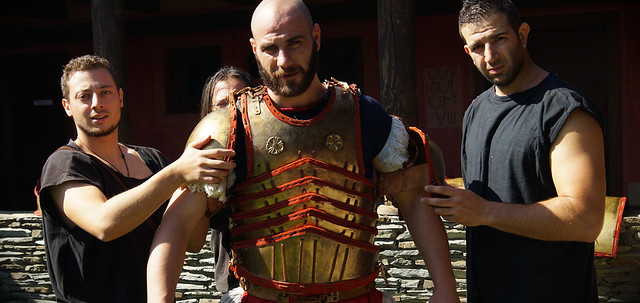
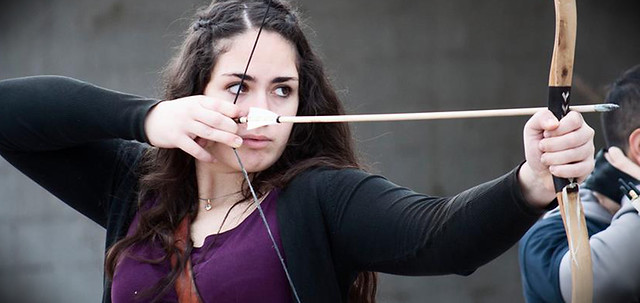
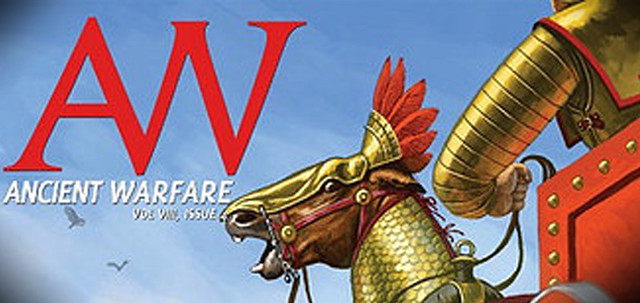

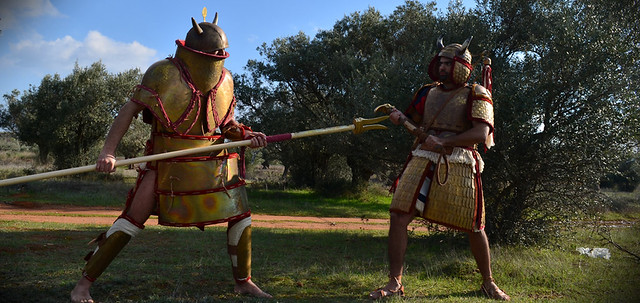

.jpg)










.jpg)





















.jpg)




